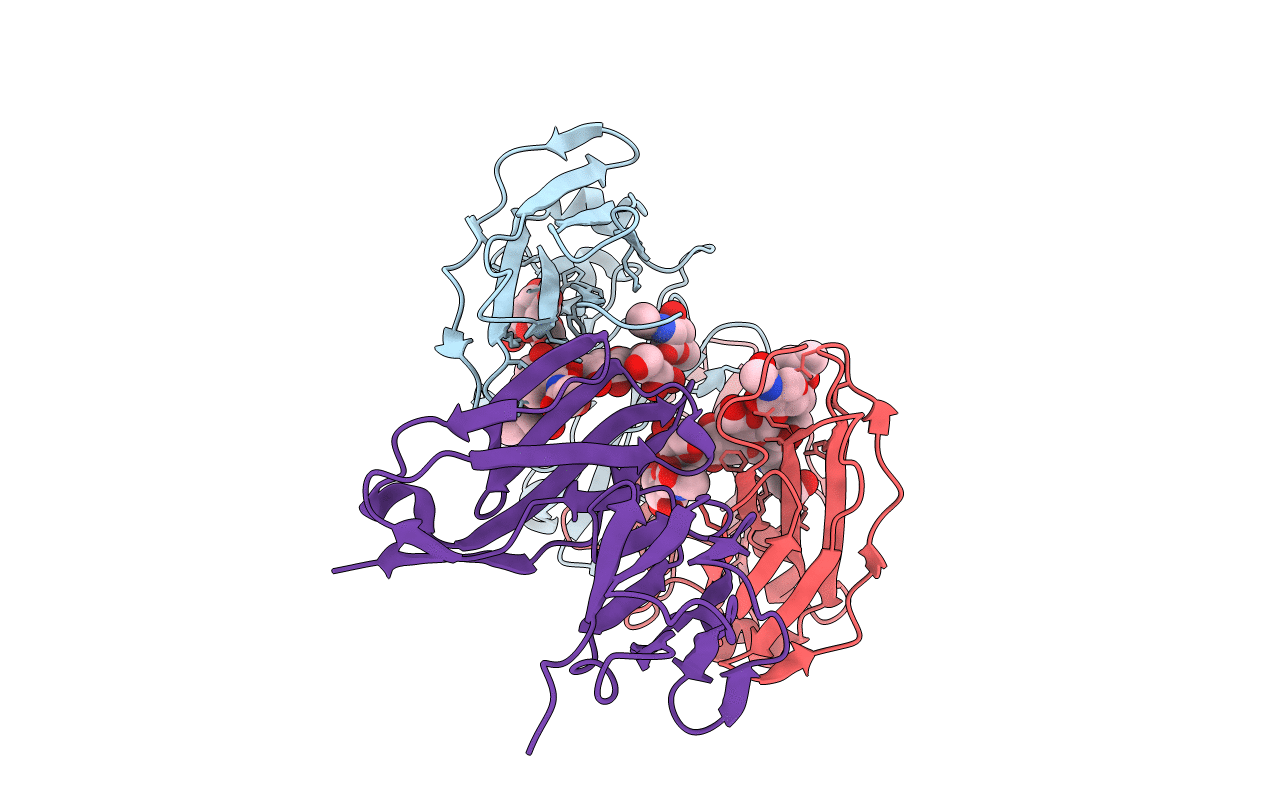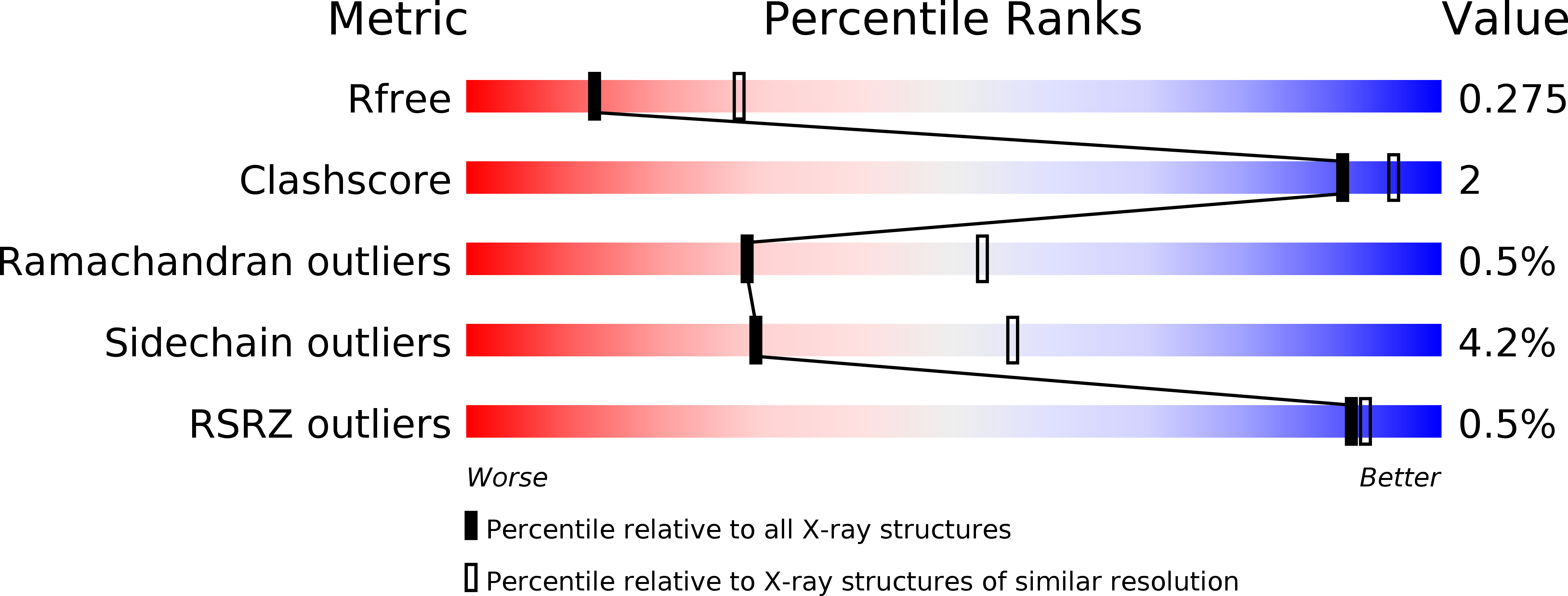
Deposition Date
2017-09-06
Release Date
2018-03-21
Last Version Date
2024-11-13
Entry Detail
PDB ID:
5YC5
Keywords:
Title:
Crystal structure of human IgG-Fc in complex with aglycan and optimized Fc gamma receptor IIIa
Biological Source:
Source Organism:
Homo sapiens (Taxon ID: 9606)
Host Organism:
Method Details:
Experimental Method:
Resolution:
2.71 Å
R-Value Free:
0.27
R-Value Work:
0.20
R-Value Observed:
0.21
Space Group:
P 21 21 21


